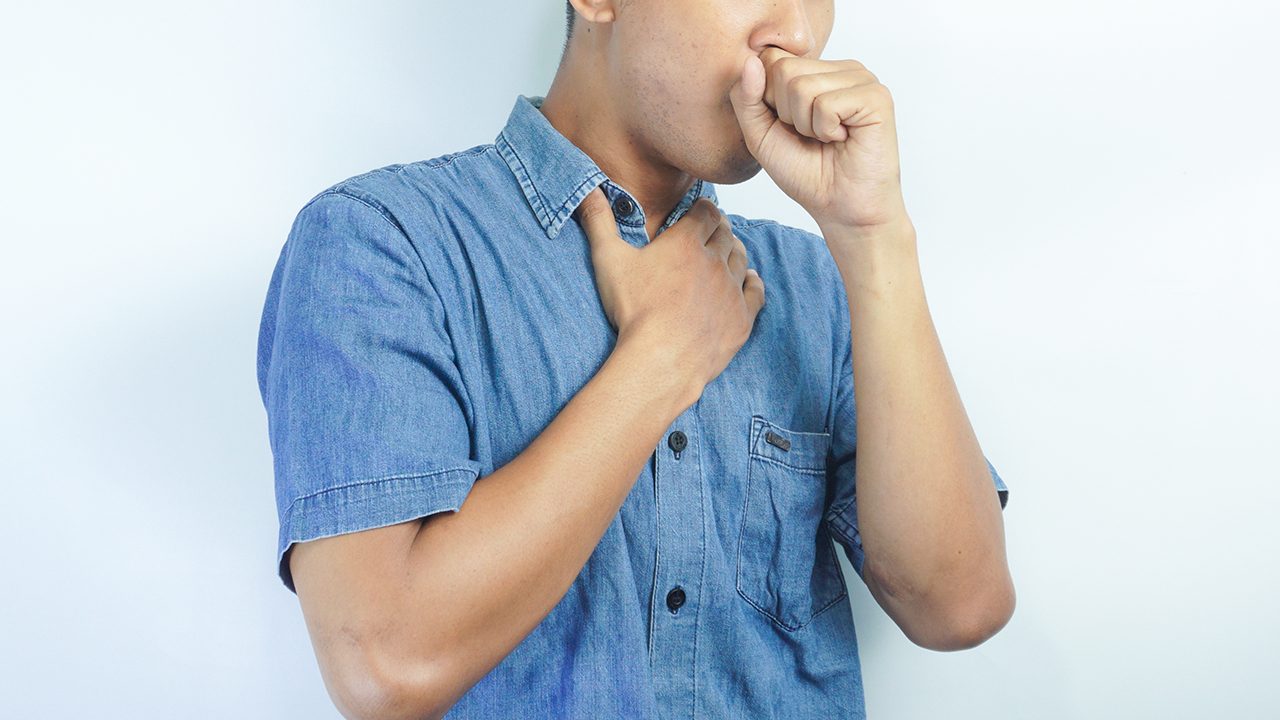SUMMARY
This is AI generated summarization, which may have errors. For context, always refer to the full article.

MANILA, Philippines – Health officials have encouraged the public to wear face masks following the rise in flu cases, but medical experts said the current situation is not reminiscent of the COVID-19 pandemic.
The Department of Health (DOH) on Wednesday, December 6, said that while the country detected four cases of the Mycoplasma pneumonia or “walking pneumonia,” these were not new cases and they had been tagged as recovered.
In October, the DOH reported that Influenza-like illness (ILI) cases increased by 45% compared to the same period in 2022. The DOH has recorded a total of 151,375 cases of ILI, commonly known as the flu, from January 1 to October 13, 2023.
The agency explained that of the ILI cases from January to November, only four (or 0.08%) were confirmed cases of walking pneumonia.
What is walking pneumonia?
The DOH said that Mycoplasma pneumonia is not new and is a common pathogen that had been detected even before the COVID-19 pandemic happened in 2020.
“The DOH reassures the public that detecting M. pneumonia is not new or unusual,” the DOH said. “It causes different infections, including colds and pneumonia.”
Walking pneumonia is often confused with other respiratory conditions including bronchitis, the flu, and the common cold.
It presents the following symptoms:
- fever
- sore throat
- cough
- cold-like symptoms for younger children
While all age groups can be affected, those with weak immune system and living in closed settings are at higher risk for more severe diseases.
In an interview with Teleradyo Serbisyo on Thursday, December 7, Dr. Maricar Limpin of the Philippine College of Physicians said what makes walking pneumonia different from the typical pneumonia is that mild coughing can persist beyond seven days.
One common symptom of walking pneumonia is coughing up a mix of mucus and saliva.
“Maaari po itong magtagal. Hindi katulad ng pangkaraniwan na viral infection natin na limang araw lamang (It can last long. It’s not like the common viral infection that can last up to five days),” she said, adding that medicines given to those diagnosed with walking pneumonia are different from those prescribed for typical pneumonia.
“Kapag may pag-ubo pa rin tayo kahit panaka-naka ay kailangan na bigyang pansin ito,” she added, noting that in such case, one should seek medical attention. (When we’re coughing from time to time, we need to pay attention to this.)
How can you prevent getting infected?
The DOH said that “handwashing, masking, ensuring adequate ventilation, and updating vaccinations” can prevent an individual from getting infected with the disease.
While it’s not as contagious as COVID-19, Limpin said that the public is advised to wear face masks, especially in public crowded places and closed settings.
“Maganda pa rin po na magsuot tayo ng face mask lalo na po sa mga may ubo para mapigilan po ang pagspread ng infection,” she said. (It’s better that we wear face masks, especially those who have cough, so we prevent the spread of infection.)
She also said that isolating is not needed for those diagnosed with walking pneumonia. – Rappler.com
Add a comment
How does this make you feel?
There are no comments yet. Add your comment to start the conversation.